“It always comes down to relationships”: How partnerships with Indigenous communities lead to better science
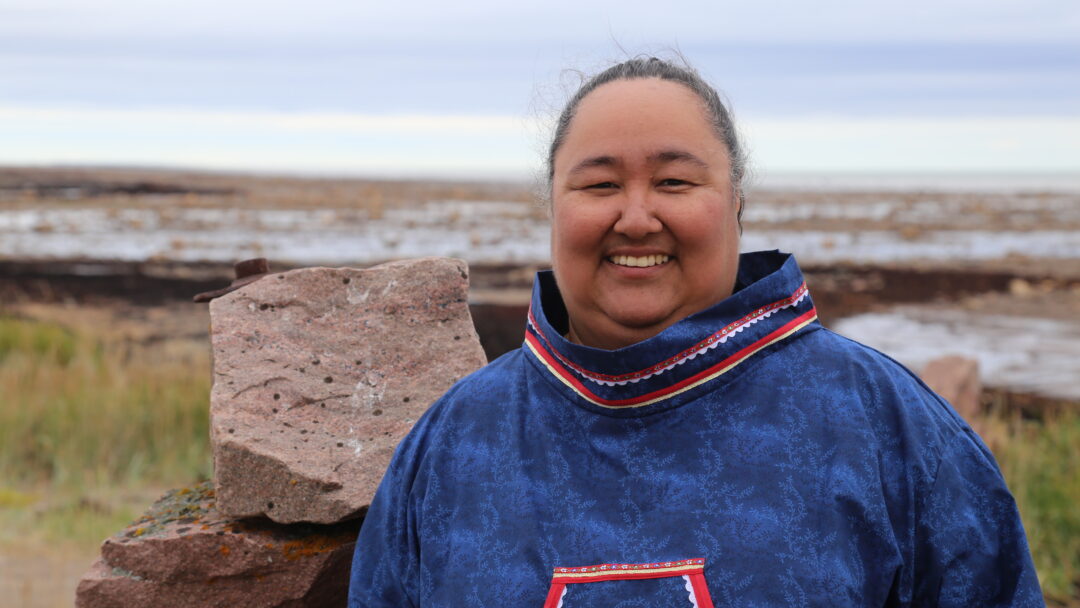
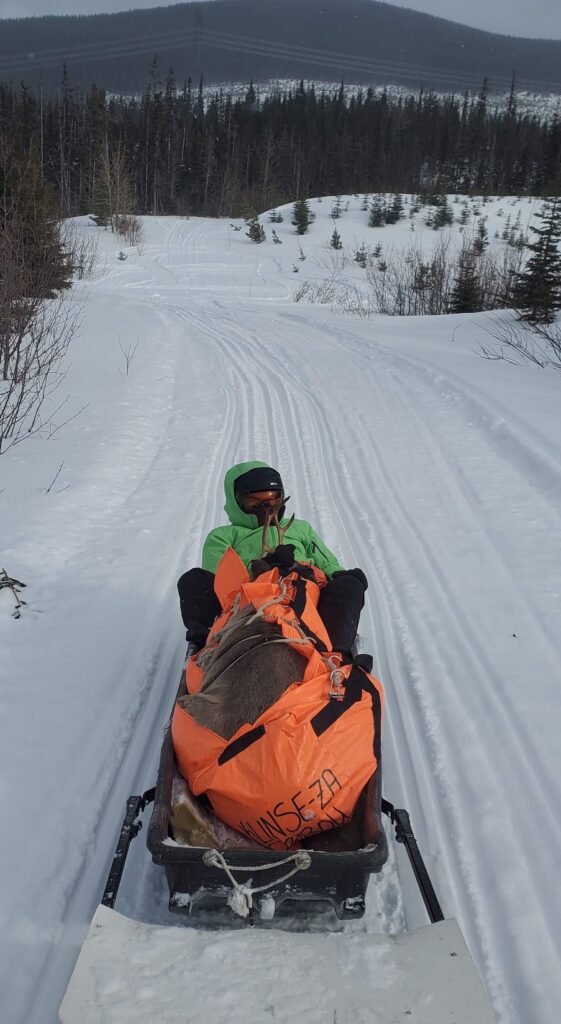
There was a time, according to oral history from Elders in the West Moberly First Nations, when caribou in central British Columbia were so plentiful, they were “like bugs on the landscape.” They’ve described a “sea of caribou” that played a central role in the lives and culture of Indigenous people in the region. By 2013, the sea had nearly gone dry: the mountain caribou herd native to the Klinse-Za region had dwindled to just 38 animals.
Today, the herd has more than 130 caribou, and is growing each season, according to Clayton Lamb, a wildlife biologist at the University of British Columbia. Earlier this year, there were 22 caribou in a maternal pen — a protected area where pregnant caribou can give birth without the threat of predators — that had been established a decade ago as part of a widespread conservation and restoration project led by the West Moberly First Nations and Saulteau First Nations.
“Some [caribou], probably one, might not be pregnant, and one will have a calf that dies just because that’s how it works,” Lamb explained of this year’s group. “But we could be releasing on the order of 40 plus caribou from that maternal pen this spring or summer. Things are going quite well. The population continues to grow rapidly.”
Lamb has been one of two lead scientists on the caribou project since 2020. It’s a remarkable achievement not only in rapid species restoration, but also in collaborative work between western scientists and Indigenous communities. By knitting together conservation science and cultural knowledge about the species and environment, the two First Nations have managed to pull back the herd from the brink of disappearing in less than a decade. It’s just one of a growing number of examples of the power and impact science can have when researchers work alongside Indigenous communities.
Like much of Canadian history, the story of science on Indigenous lands has long been one of colonialism. Western researchers would parachute into Indigenous communities with little regard for how the work they were doing might impact the people living there, or could benefit from their input — and often scientists were agents of continued colonisation. But in recent years, cultural shifts have led to a new generation of Indigenous-led research and scientific partnerships that not only show better deference to communities where work is being done, but also result in stronger, more impactful science.
“It’s definitely a paradigm shift, for sure, because I’ve spent half of my career fighting,” said Naomi Owens-Beek, a biologist and the Treaty Rights and Environmental Protection Manager for the Saulteau First Nations. “Now that they’re finally listening to us, I can finally put my hackles down and focus on the real work.”
Historically, in Canada and around the world, this kind of collaboration hasn’t been the norm. You don’t have to look back very far to find examples of scientific research being conducted in Canada that disregarded the knowledge and priorities of Indigenous people, or worse, actively caused harm. In the 40s and 50s, for instance, western nutrition scientists working under the Canadian government performed highly unethical experiments on Indigenous children in residential schools, without parental consent, where children were effectively starved in order to understand the effects of malnutrition — these experiments continued even as children in the study died. While this is an extreme example, it is hardly an anomaly, and the legacy of western scientists working with Indigenous people or on Indigenous land contains many similarly horrific chapters.
More recently, there was a continued trend of western scientists parachuting into Indigenous communities to conduct research without regard to impact on the community, or while trying to tack on Indigenous collaboration only at the end.
“Some of the projects I’ve worked on, there’s kind of this approach of ‘okay, we have our western science, now give us your Indigenous knowledge and we’ll try to inject that [in],’” said Andrea Kennedy, a natural resource planning and consultation specialist who is the project manager on the Caribou Partnership Agreement between the West Moberly First Nations, Saulteau First Nations and the provincial and federal governments. “I always say to people it’s like you baked a cake and now you’re asking ‘can you just add the icing or the sprinkles?’ But if you start together at the beginning, maybe you don’t even bake a cake. Maybe you’ll make a muffin or a cinnamon bun.”
COLLABORATION FUELS A DEEPER UNDERSTANDING THAT GOES BEYOND THE HARD SCIENCE
In recent years, though, there has finally been a shift. Western scientists and institutions including government agencies and industry stakeholders have embraced a more collaborative approach, and many Indigenous communities have been open to these partnerships for the good of the research, and the environment. Integrating knowledge and priorities before beginning a project, Kennedy explained, leads to richer, more impactful findings that benefit all involved, as evidenced by the success of projects like the recovery of the Klinse-Za caribou herd.
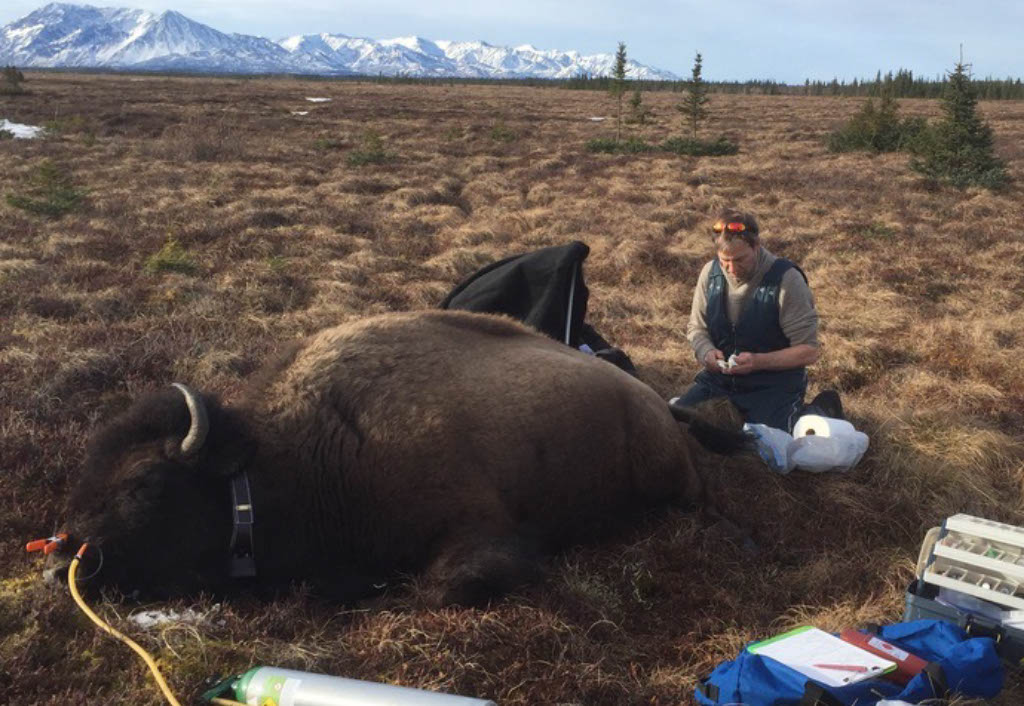
Similar collaborations have benefited related research projects as well. Along with trying to conserve and grow the caribou herd, western scientists and the British Columbia government have been working to try to restore the caribou’s habitat. Initial planning for such work was focused on how to restore as much land as possible per dollar spent, but that kind of simplified economic calculation failed to consider the realities of conservation on the ground. With help from the West Moberly First Nations and Saulteau First Nations, knowledge about how the habitat and herds are interconnected was included in the calculations to make for a more effective proposal, according to Kennedy.
This sort of collaboration has also been key to another species restoration project further east. Wood bison — a subspecies of bison that once roamed the boreal forests of northwestern Canada and Alaska — were nearly wiped out a century ago. In the 1920s, conservation efforts were made that did increase bison numbers, but by cross-breeding with plains bison, another subspecies that was native further south. This caused two problems: it introduced new cattle diseases to the wood bison, and it created a herd of hybrid bison, rather than expanding the pure wood bison. Now, researchers are using genomic sequencing of the existing wood bison herd as well as fossilised samples of ancient wood bison to determine if any pure wood bison still exist, and how they might be recovered.
Gregg Adams, a veterinarian and professor at the Western College of Veterinary Medicine at the University of Saskatchewan, is one of the lead researchers on the project, which has partners across the government, industry, researchers across North America, as well as First Nations in the historic range of the wood bison. Adams told me having First Nations partners at the table has been integral, because the bison holds deep cultural significance for many Indigenous communities.
“What excites me about working with many of the First Nations communities is they really care about the bison and the fidelity of the species and the subspecies,” Adams said. “It’s also daunting because there are a lot of really strong feelings about it and they get mixed up with historic events with federal and local governments.”
Adams said working with local First Nations has given him a deeper understanding of the cultural and social impacts of trying to save this subspecies, beyond the hard science. “I think a lot of people don’t understand it until you start talking to folks who have these bison in their communities and in their history. That has definitely been a huge education for all of us,” he said.
OPENING THE DOOR TO RESEARCH WITH GREATER IMPACT
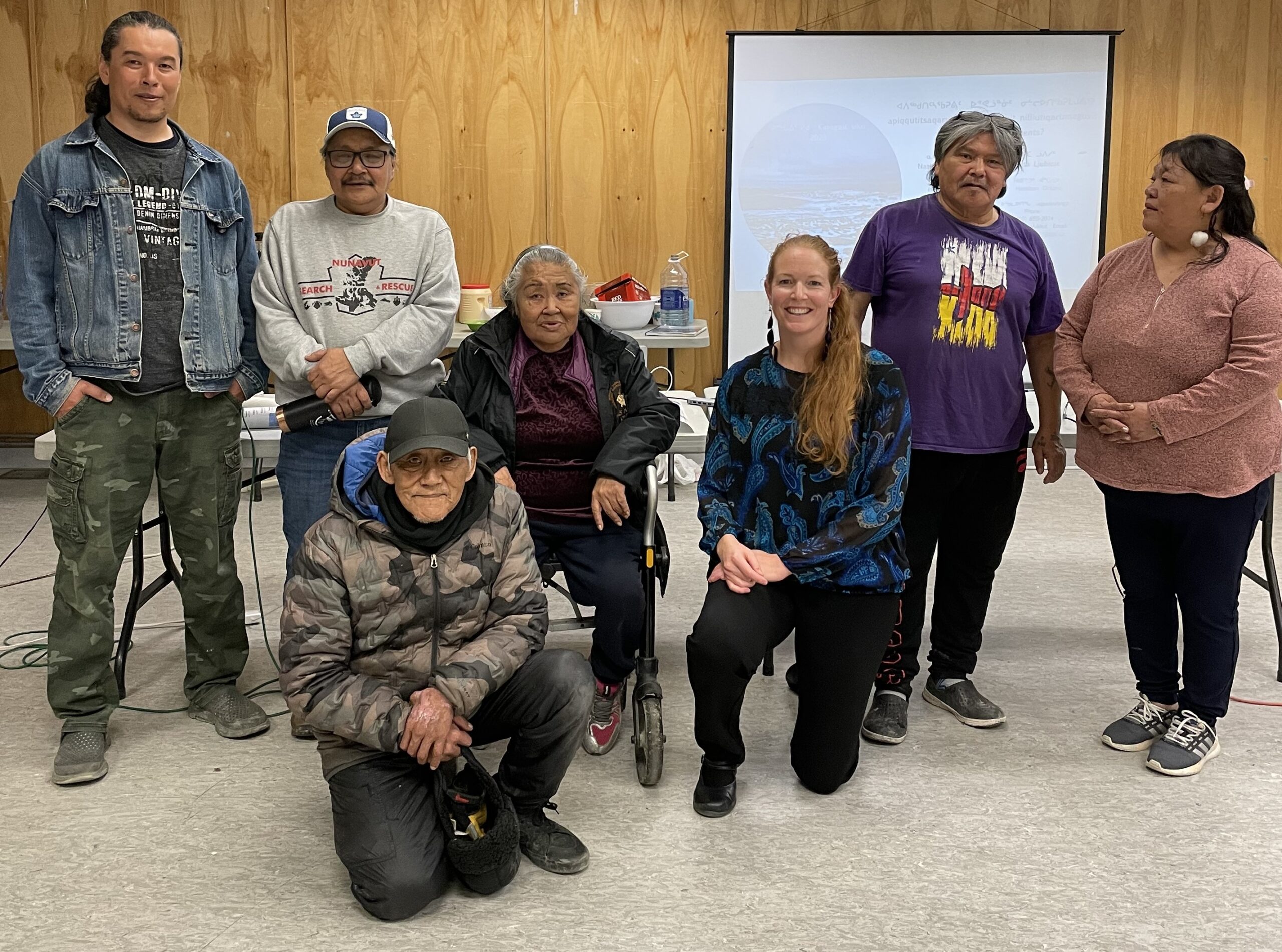
When western scientists and Indigenous communities form strong partnerships, it opens the door to the kind of research that has an even more significant impact. Gita Ljubicic, a Professor in the School of Earth, Environment and Society at McMaster University, is the team lead for Straight Up North — an interdisciplinary research group that focuses on northern sustainability. The group works with Inuit partners both to identify research projects and execute them, the result of decades of relationship-building that Ljubicic says is key to the projects’ success.
“Those relationships and the mutual respect and the mutual trust is so critical for everything we do,” Ljubicic said. “It just takes time and a strong commitment to ongoing communication, connection, and sharing of information, experience, and knowledge.”
Ljubicic first got the opportunity to do Northern research as an undergrad working as a research assistant in Labrador. But it was a summer in grad school living on the tundra in Nunavut doing remote sensing work on vegetation that inspired her to completely refocus her career, and pursue the chance to learn from the Inuit who knew so much about the region. Projects under Straight Up North begin with identifying community priorities, which helps uncover new research topics and creates an opportunity to do scientific work that has significant, practical applications. This has included work on everything from sea ice and plants to climate change.
One project currently gearing up is investigating the population of light geese (Snow and Ross’s Geese) in Arviat, a predominantly Inuit community in southwest Nunavut on the shores of Hudson Bay. The project is tracking the health and size of these geese populations to determine if it would be safe and sustainable for Arviarmiut (people of Arviat) to increase their harvest of these birds and their eggs, in an effort to address food insecurity in the community. A collaboration with the Aqqiumavvik Society — a community alliance in Arviat that focuses on public health — every level of the research takes an integrated approach between western scientists and Inuit community members. Young Arviat hunters have been hired and trained to conduct the monitoring of the species, for example. The goal is that results will not only provide rich insight into the interplay of culture, climate change, ecotoxicology and nutrition, but also give the community answers on how best to use this vital food source.
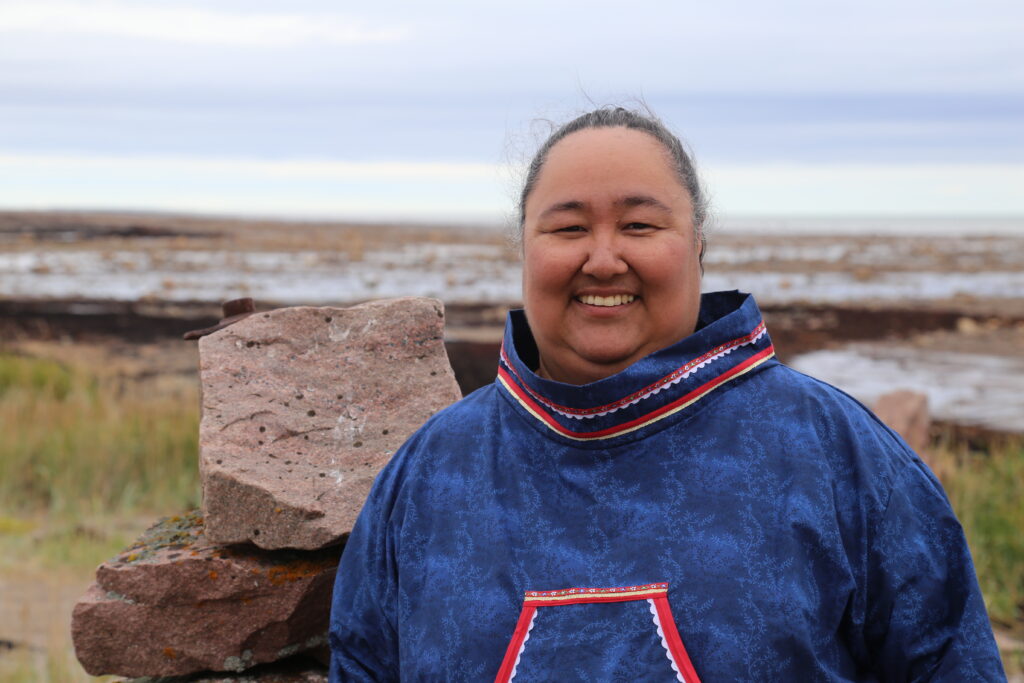
“When Aqqiumavvik agrees to work with researchers, it has to be a knowledge transfer both ways,” said Kukik Baker, the executive director of the Aqqiumavvik Society. “There are some researchers we had to turn away because they didn’t want to work with us that way. It takes the right people.”
IT COMES DOWN TO RELATIONSHIPS
Those relationships remain key even after the science is complete. Ljubicic said one of the goals of Straight Up North is to be able to give tangible results back to the community. As part of research on sea ice, for example, Ljubicic has collaborated with Inuit Elders in three different communities over the past 15 years to create a glossary of Inuktitut sea ice terminology. The first of these glossaries is from Kinngait, Nunavut and was released at a community feast last September.
“It came up over and over and over in interviews and meetings with Elders, who were highlighting how important that the language is, and that the terminology is not being used as much. They were worried about some terms being lost,” she said. “That is one of the things I will be most proud of, when I can actually hand the hard copies to the communities.”
The researchers, both Indigenous and western, that I talked to all cited the deep value in this kind of collaborative work, both for the science being done and the people impacted by that science. They expressed a desire for this to be the norm going forward, to have Indigenous community members, Indigenous scientists, and western scientists all having a seat at the table — or the lab, or the field — from the start when working on projects related to or impacting Indigenous territory. But in order for that to happen, those foundational relationships must be step number one.
As Baker told me: “Inuit always say it always comes down to relationships.”
Engagement excellence, Research excellenceRelated News
News Listing
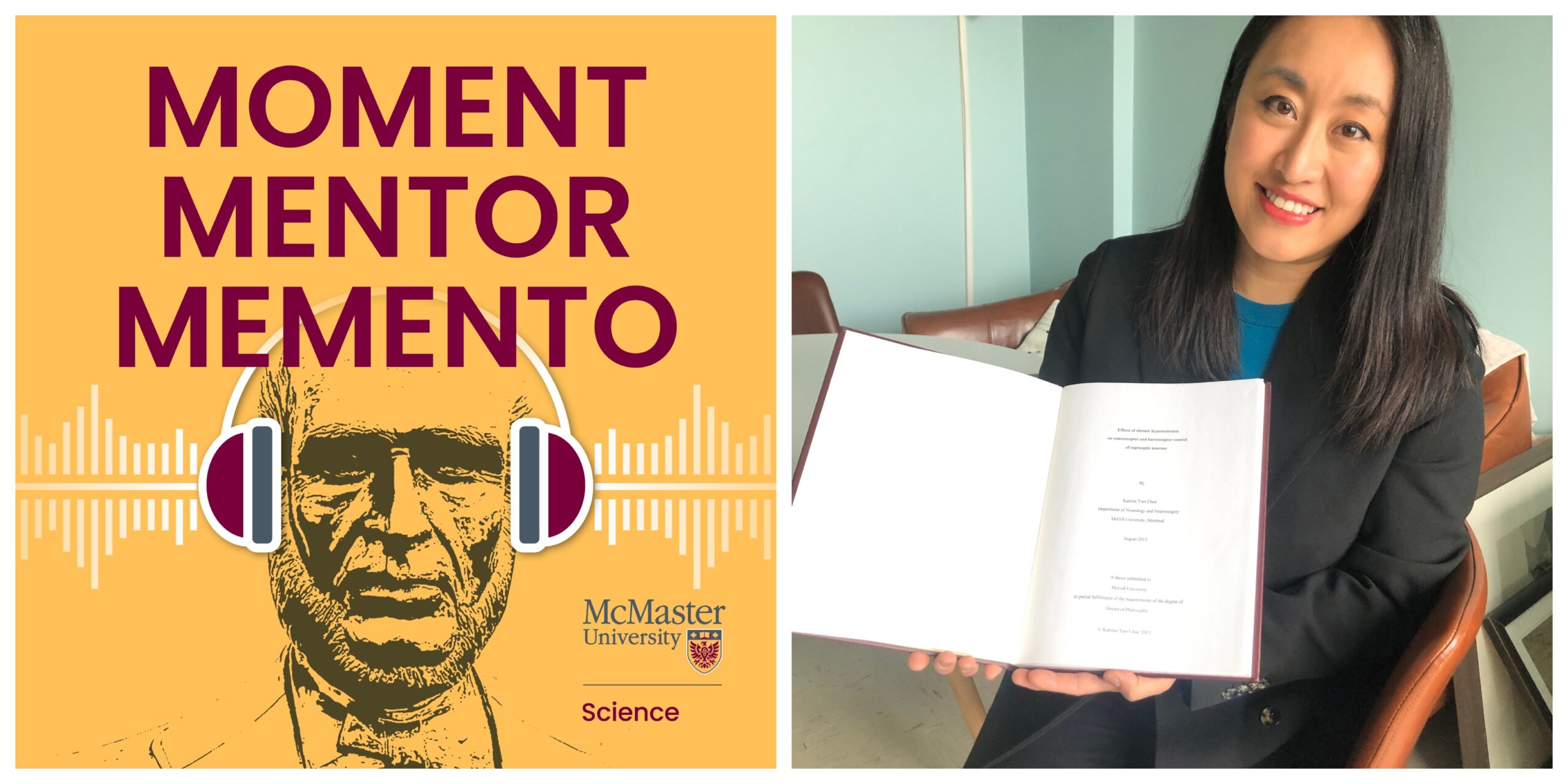
Moment Mentor Memento podcast ep. 11 with Katrina Choe
Podcast, Research excellence, Uncategorized
4 days ago
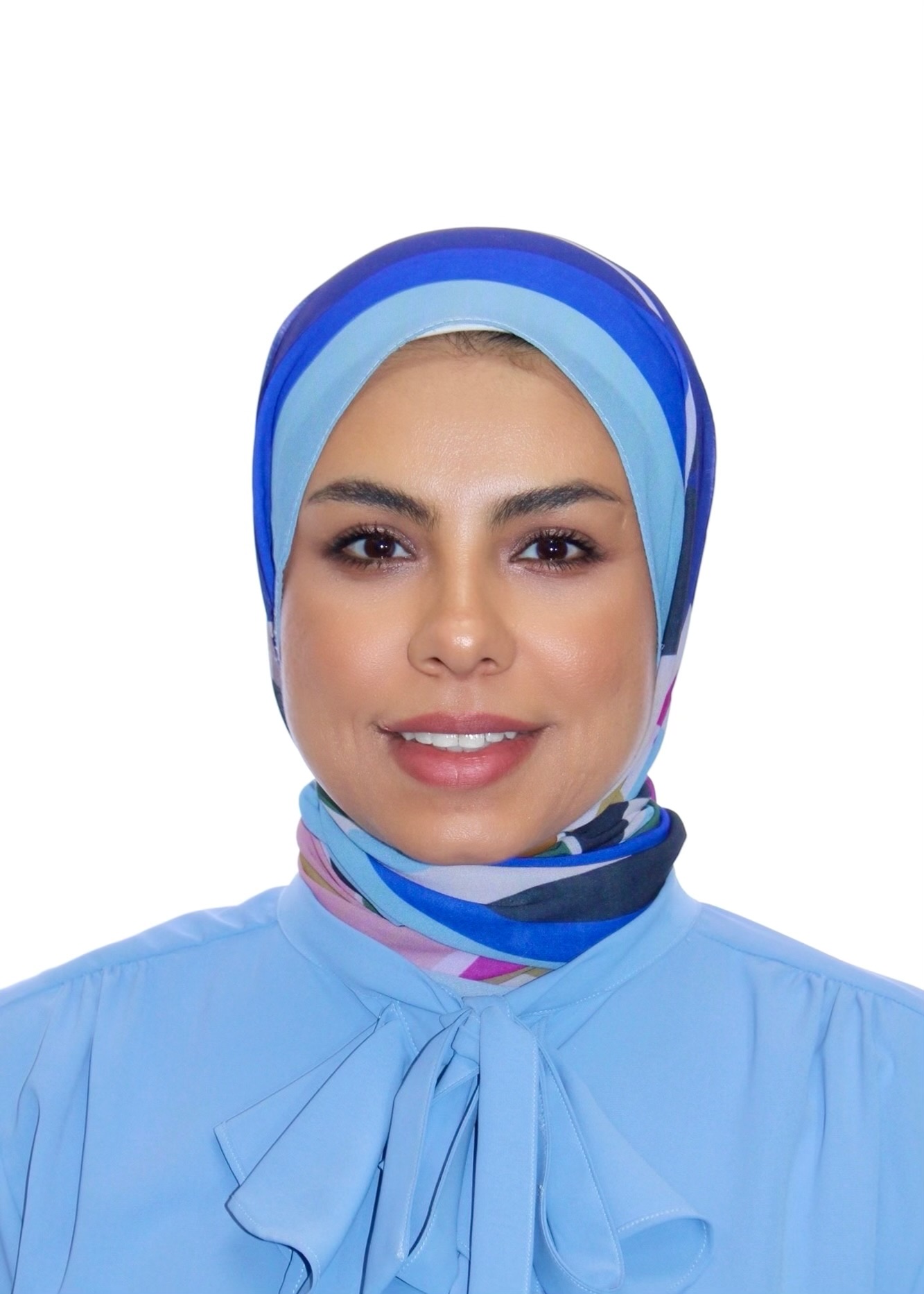
PhD graduate an emerging leader and role model in responsible artificial intelligence diagnostics
Grads to watch, PhD student, Research excellence
November 15, 2024
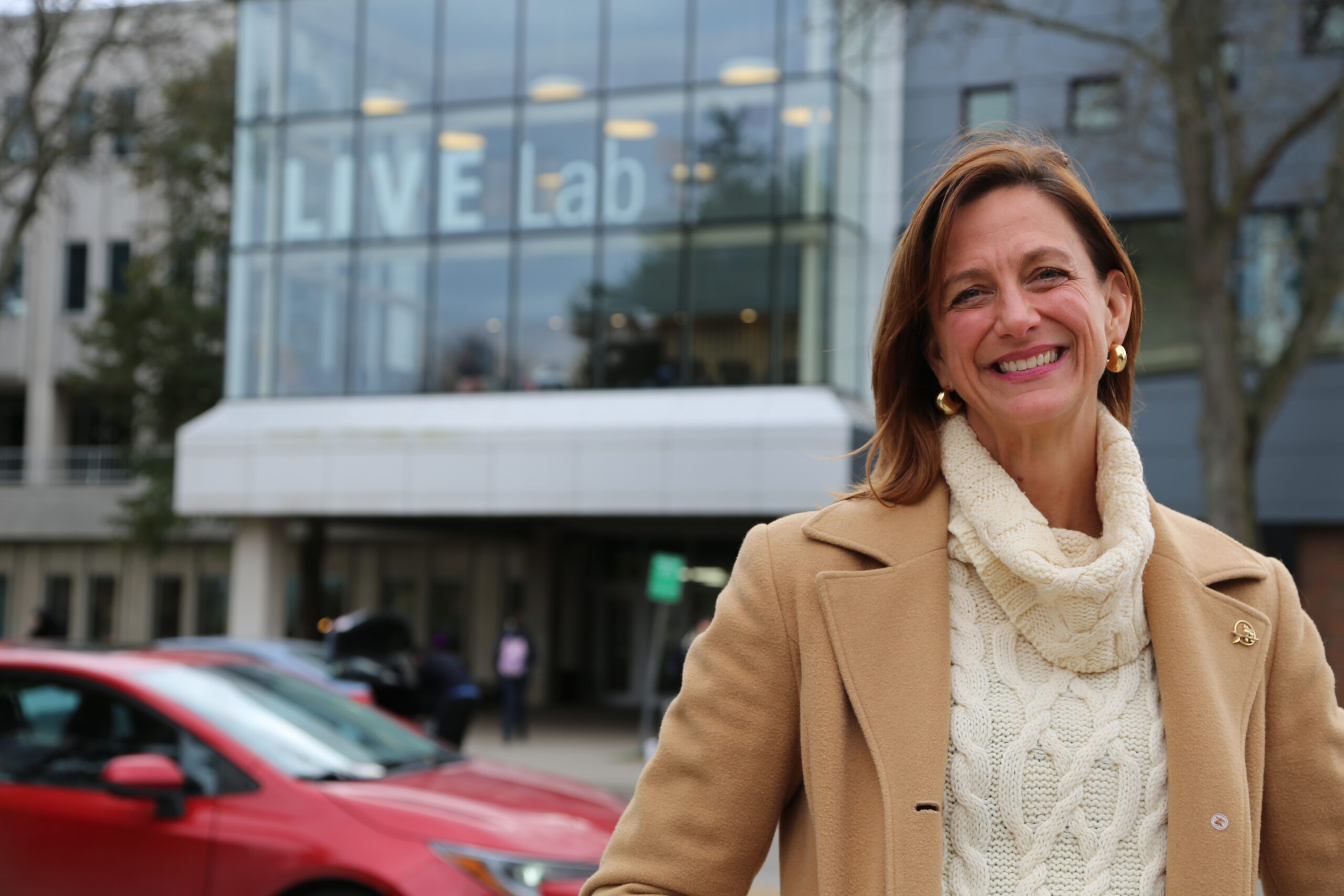
PhD graduate makes the case for offering music therapy to stressed students- “put the broccoli in the brownie”
Grads to watch, PhD student, Research excellence
November 14, 2024
